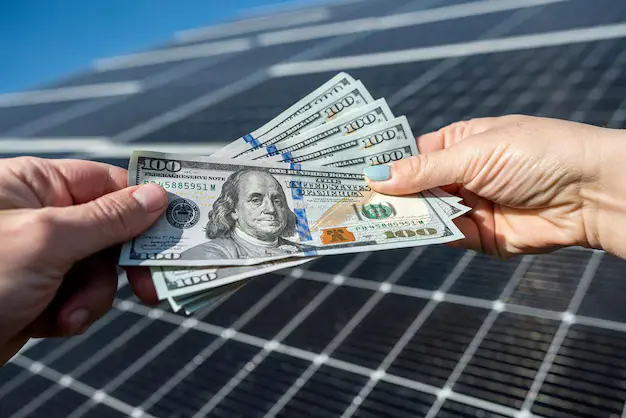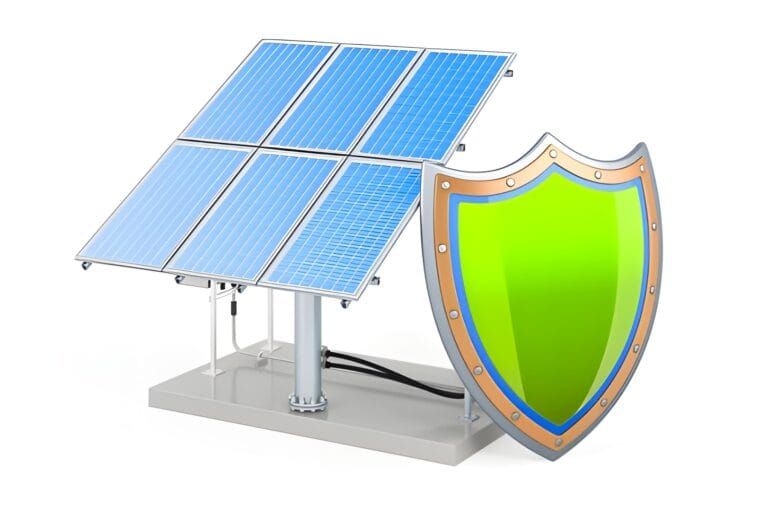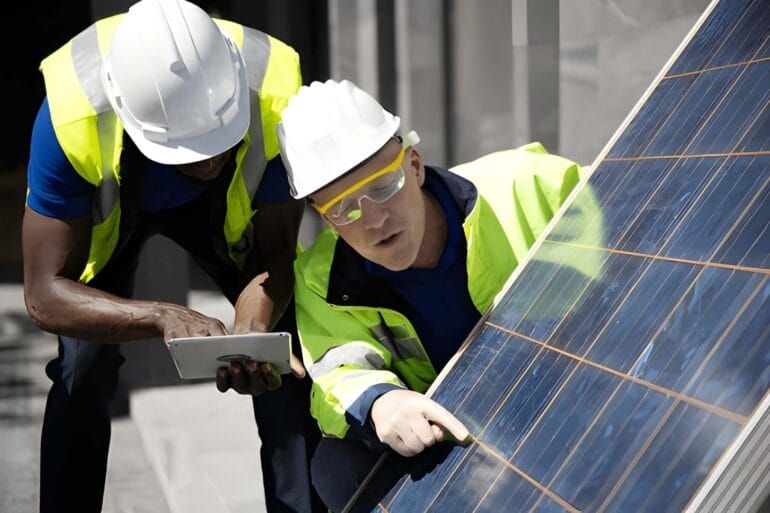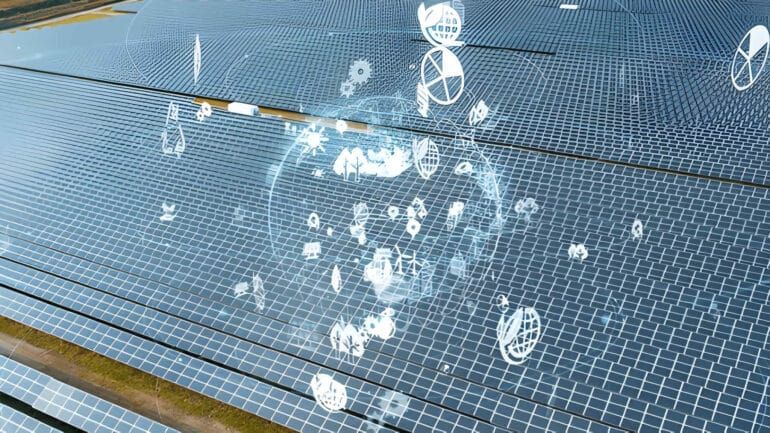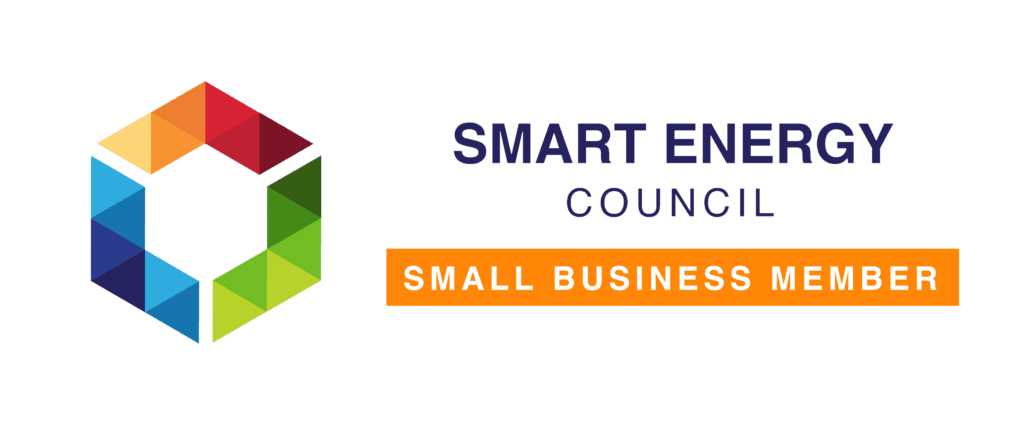If you’ve ever wondered about making the switch to solar energy but weren’t sure about the financial aspects, you’ve come to the right place. In this article, we will explore everything you need to know about the Cost to Install Solar Panels, from upfront costs to long-term savings and return on investment. Whether you’re a homeowner looking to reduce your carbon footprint or a business owner interested in cutting energy expenses, understanding these factors will help you make an informed decision.
Understanding the Basics of Solar Panel Installation
Solar panel installation is a transformative process that harnesses the power of sunlight to generate electricity. Whether you’re considering solar for your home or business, understanding the fundamentals is crucial.
What are Solar Panels?
Solar panels, often referred to as photovoltaic (PV) panels, are devices designed to capture sunlight and convert it into electricity through the photovoltaic effect. These panels are composed of multiple solar cells made from semiconductor materials, typically silicon. Their ability to generate electricity from sunlight makes them integral to renewable energy systems worldwide.
How Solar Panels Work
Solar panels operate on a simple yet efficient principle: when sunlight strikes the panels, the photons from the sunlight excite electrons in the semiconductor material, generating a flow of electricity. This direct current (DC) electricity is then converted into alternating current (AC) electricity, suitable for use in homes and businesses, by an inverter. The generated electricity can power appliances directly or be stored in batteries for later use, contributing to energy independence and sustainability.
Factors Influencing Cost to Install Solar Panels
Installing solar panels involves several factors that collectively determine the overall cost. Understanding these influences can help homeowners and businesses plan effectively for their solar investment.
Type of Solar Panel System
The type of solar panel system chosen significantly impacts installation costs. Options include grid-tied systems, which are connected to the utility grid and often the most cost-effective; off-grid systems, which operate independently from the grid and require additional components like batteries; and hybrid systems, which combine elements of both grid-tied and off-grid setups for flexibility and resilience.
Size of the Solar System
The size of the solar system is directly correlated with its capacity to generate electricity and influences installation costs. System size is determined by energy consumption needs and available space for installation. Larger systems typically require more panels and components, thereby increasing upfront costs but potentially maximizing energy production and savings over time.
Quality and Brand of Solar Panels
The quality and brand of solar panels chosen impact both performance and longevity. Higher-quality panels with greater efficiency and durability often come at a higher initial cost but can yield greater energy output and require less maintenance over their lifespan. Established brands may offer better warranties and customer support, adding value to the overall investment.
Roof Condition and Structure
The condition and structure of the roof where solar panels will be installed play a crucial role in installation costs. Factors such as roof orientation, shading from nearby structures or trees, and roof material determine the feasibility and complexity of installation. Structural assessments and potential modifications may be necessary to ensure safety and efficiency, adding to overall project expenses.

Labor Costs
Labor costs for solar panel installation encompass the fees charged by professional installers. Factors influencing labor costs include the complexity of the installation, local wage rates, and the size of the installation team required. Proper installation by trained professionals ensures optimal performance and adherence to safety standards, contributing to the overall investment in solar energy.
Permitting and Inspection Fees
Obtaining permits and undergoing inspections are necessary steps in the solar panel installation process. Permitting fees vary by location and cover administrative costs associated with ensuring compliance with building codes and regulations. Inspections ensure that the installation meets safety and performance standards, providing peace of mind and validation of the investment.
Incentives and Rebates
Government incentives and rebates can significantly offset the upfront costs of installing solar panels. These financial incentives vary by region but often include federal tax credits, state and local rebates, and renewable energy certificates (RECs). Understanding and leveraging available incentives can substantially reduce the net cost of going solar, making it a more attractive and affordable option for homeowners and businesses alike.
Cost Breakdown of Solar Panel Installation
Understanding the breakdown of costs associated with installing solar panels is essential for budgeting and planning. Here’s a detailed look at the different components that contribute to the overall expense.
Upfront Costs
Upfront costs encompass the initial investment required to purchase and install solar panels. This includes the cost of solar panels themselves, inverters to convert DC electricity from the panels into AC electricity usable in homes or businesses, mounting equipment such as racks or frames, and any additional hardware needed for installation. The size and type of the solar system, along with the quality of components chosen, directly influence upfront costs.
Installation Costs
Installation costs cover the expenses associated with labor and equipment required to install solar panels on a property. Professional installers typically handle the mounting of panels, wiring connections, and integration with the electrical system. Factors influencing installation costs include the complexity of the installation, roof type and condition, local labor rates, and permits required. Ensuring proper installation by qualified professionals is crucial for optimal performance and longevity of the solar energy system.
Maintenance and Operational Costs
Maintenance and operational costs encompass ongoing expenses associated with owning and maintaining a solar panel system. While solar panels themselves require minimal maintenance due to their durable design, periodic inspections, cleaning to remove dirt or debris that can affect efficiency, and potential repairs are recommended to ensure peak performance.
Operational costs include monitoring systems to track energy production, as well as potential costs for battery storage systems if applicable. These ongoing expenses should be factored into the overall cost analysis to accurately assess the long-term financial benefits of transitioning to solar energy.
Comparing Costs Across Different Locations
When considering the installation of solar panels, it’s important to recognize that costs can vary significantly depending on the geographical location. Understanding these regional variances is crucial for estimating the total investment required and assessing the financial feasibility of solar energy adoption.
Regional Variances
Regional variances in solar panel installation costs are influenced by several factors, including local market conditions, climate, regulatory requirements, and availability of incentives. Urban areas with higher living costs and stricter building codes may incur higher installation costs compared to rural regions with lower labor expenses and fewer regulatory hurdles.
Solar resource availability, such as sunlight intensity and weather patterns, can impact the efficiency and output of solar panels, influencing system size requirements and overall costs. By analyzing these regional differences, prospective solar adopters can tailor their investment strategies and optimize savings potential based on their specific location and circumstances.
Financial Considerations and Return on Investment (ROI)
Making the decision to invest in solar panel installation involves careful consideration of financial factors and understanding the potential return on investment (ROI). Here’s what you need to know:
Return on Investment
The return on investment (ROI) for solar panels is calculated based on the upfront costs of installation versus the savings achieved over time. Factors influencing ROI include energy savings from reduced electricity bills, income generated from selling excess electricity back to the grid (if applicable), and potential increases in property value. By estimating these savings and comparing them to initial investment costs, homeowners and businesses can determine the payback period and overall financial benefits of going solar.
Financing Options
Several financing options are available to help manage the upfront costs of solar panel installation:
- Cash Purchase: Paying upfront for the entire cost of the system.
- Solar Loans: Financing options specifically designed for solar installations, offering low-interest rates and flexible repayment terms.
- Leasing or Power Purchase Agreements (PPAs): Leasing the solar panels or entering into a PPA where a third-party owns and maintains the system while the homeowner purchases the electricity generated at a set rate.
Choosing the right financing option depends on individual financial circumstances, goals, and preferences, each affecting the overall cost and ownership structure of the solar energy system.
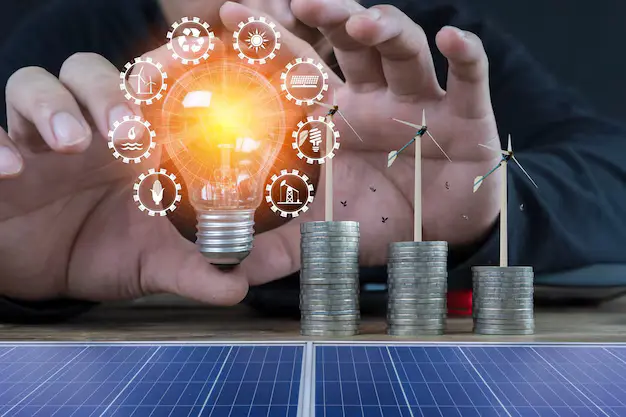
Choosing a Solar Panel Installation Provider
Selecting the right solar panel installation provider is crucial for ensuring a successful and efficient installation process. Consider the following factors:
Selecting the Right Installer
When choosing a solar installer, it’s essential to evaluate their experience, certifications, and reputation within the industry. Look for installers who are licensed, insured, and accredited by relevant organizations such as the North American Board of Certified Energy Practitioners (NABCEP). Reviews and testimonials from previous customers can provide valuable insights into their professionalism and quality of work.
Inquire about warranties offered on both equipment and installation services to ensure long-term reliability and customer satisfaction. By conducting thorough research and obtaining multiple quotes, homeowners and businesses can confidently select a trusted installer capable of delivering a high-quality solar energy system tailored to their needs.
Conclusion
Investing in solar panel installation represents a significant step towards sustainable energy consumption and financial savings. By understanding the factors influencing costs, such as system type, size, quality of panels, and regional variances, homeowners and businesses can make informed decisions. Financial considerations, including return on investment (ROI) and available financing options, play a pivotal role in determining the feasibility and benefits of transitioning to solar energy. As solar technology continues to advance and incentives become more accessible, now is an opportune time to explore the possibilities of harnessing clean, renewable energy for a brighter and more sustainable future.
Frequently Asked Questions
What is the average cost to install solar panels on a typical home?
The cost can range from $10,000 to $30,000, depending on size and location.
Do solar panels increase home value?
Yes, studies suggest homes with solar panels sell for more than those without.
Are there tax incentives for installing solar panels?
Many regions offer tax credits or rebates to offset installation costs.
How long do solar panels last?
Most solar panels have a lifespan of 25 to 30 years, with warranties often exceeding 20 years.
